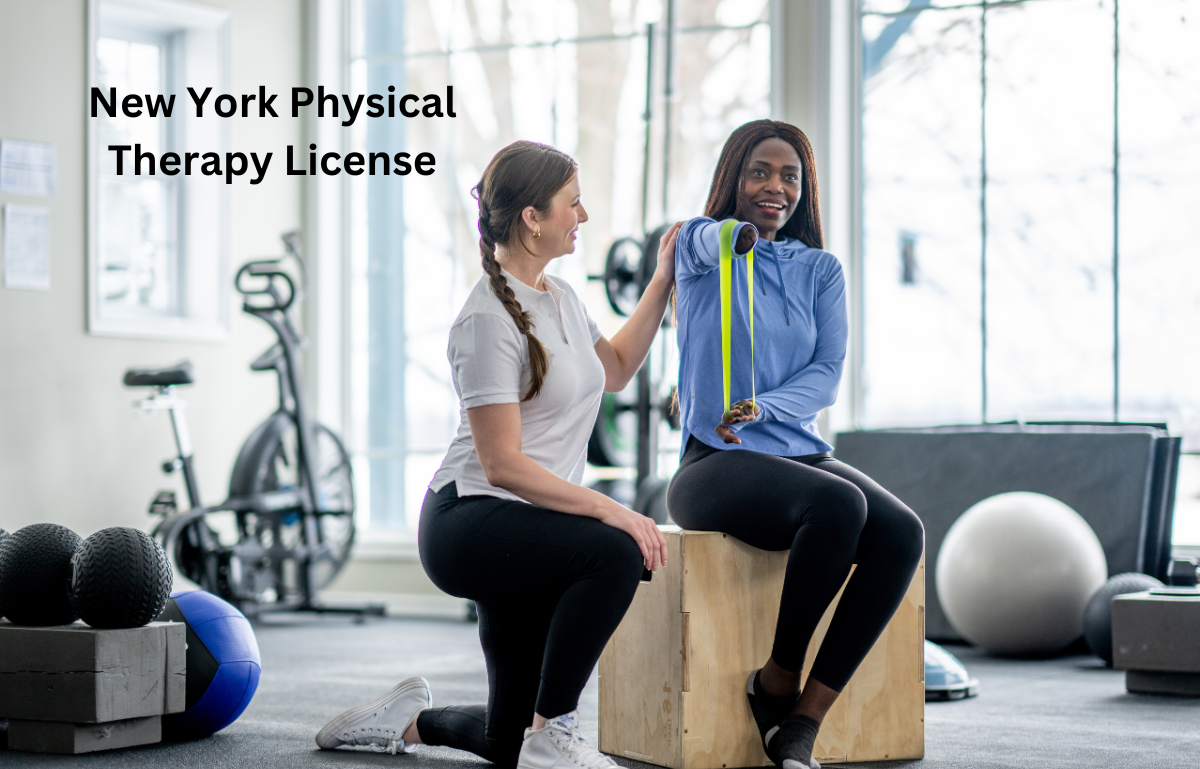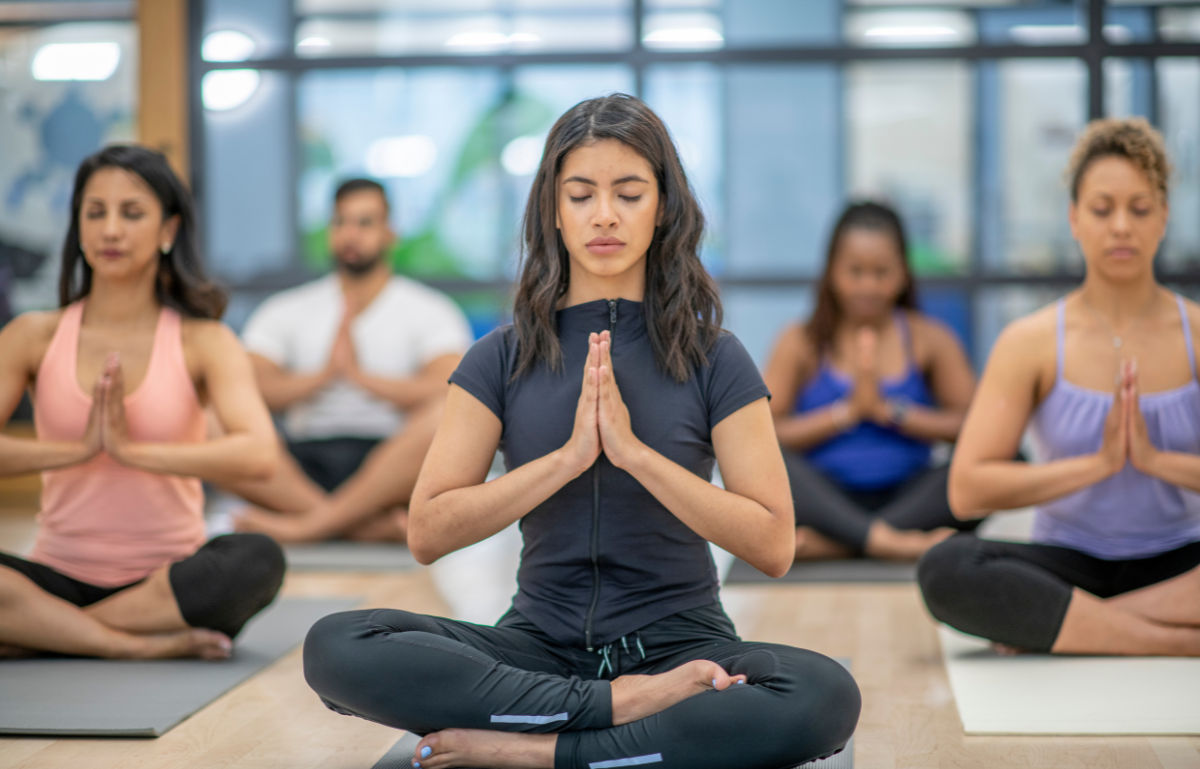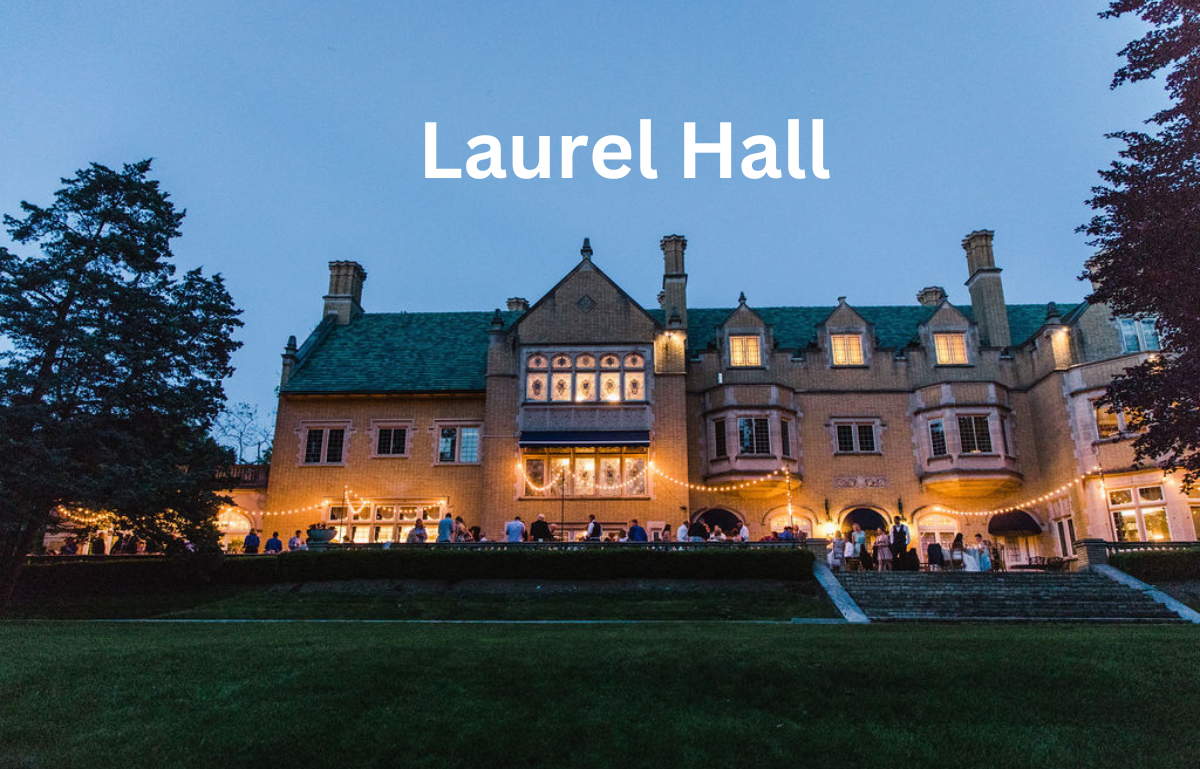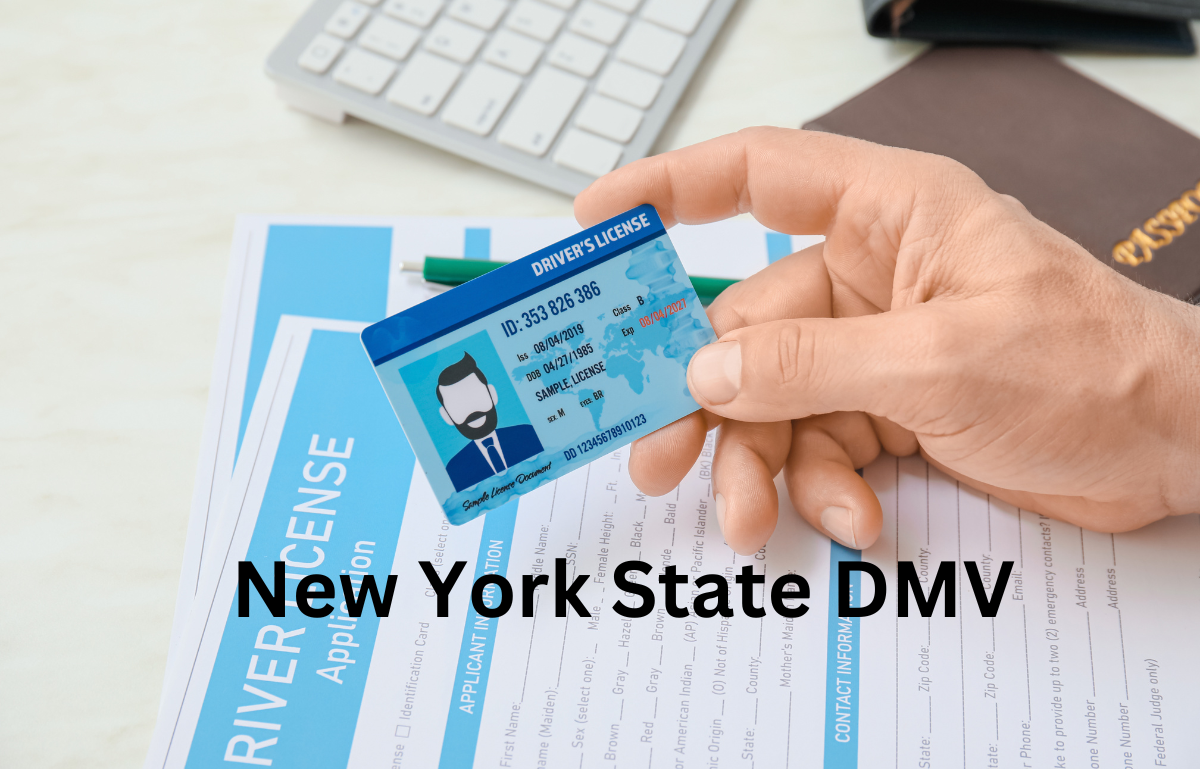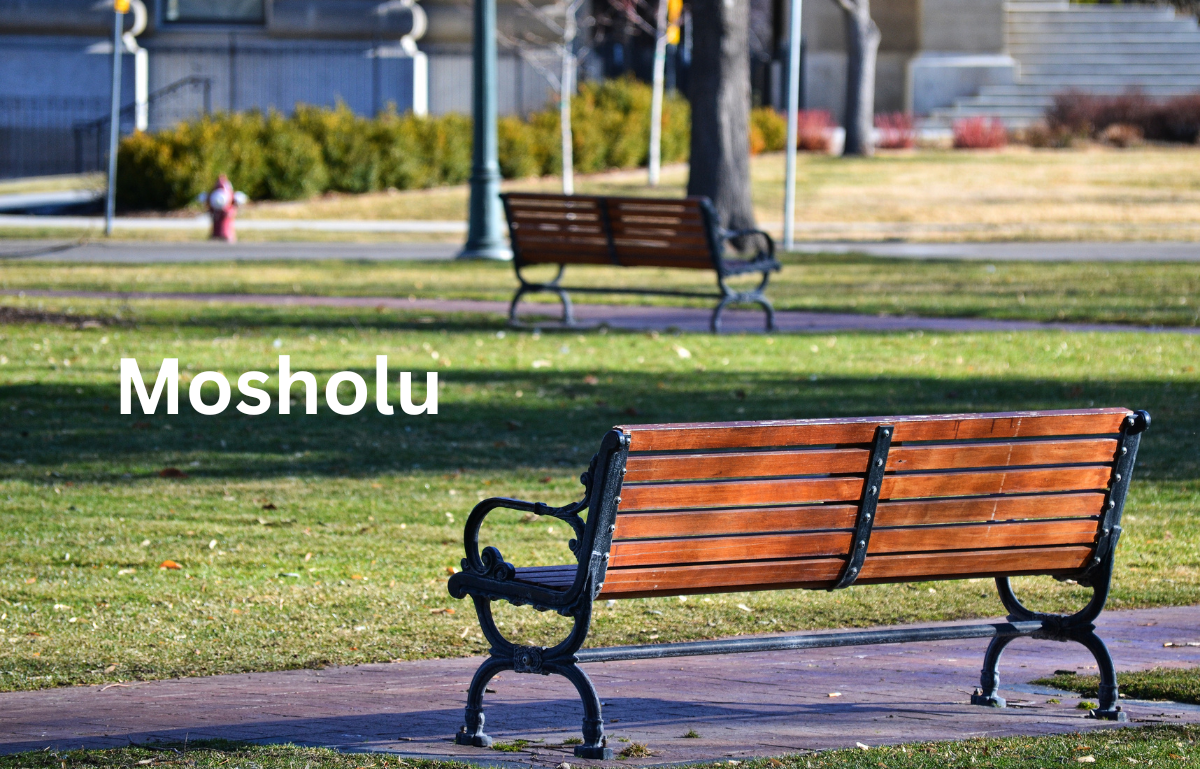Virtual staging is a digital process that enhances property photos by adding furniture, decor, and other design elements to empty or minimally furnished spaces. Using sophisticated photo-editing software, virtual staging transforms plain rooms into beautifully decorated areas that appeal to potential buyers. This technique provides a realistic representation of how a property could look when fully furnished, making it easier for buyers to envision living in the space. Unlike traditional staging, which involves physically moving furniture and decor into a home, virtual staging is entirely digital, making it more flexible and cost-effective.
How Does Virtual Staging Work?
Virtual staging works by taking high-quality photographs of empty or sparsely furnished rooms and digitally adding furniture, artwork, rugs, and other decor items to create a visually appealing image. The process typically involves the following steps:
- Photography: High-resolution images of the properties interior are taken.
- Design Selection: Furniture and decor styles are chosen to match the target market and the properties aesthetic.
- Photo Editing: Using advanced software, professional designers add the selected items to the photos, adjusting lighting, shadows, and perspectives to ensure a realistic look.
- Final Review: The virtually staged images are reviewed and revised as needed to meet the clients expectations.
- Delivery: The final images are provided to the client for use in marketing materials and property listings.
What are the Benefits of Virtual Staging?
Virtual staging offers numerous benefits for real estate professionals and homeowners, including:
- Cost-Effective: Virtual staging is significantly cheaper than traditional staging, with prices typically ranging from $15 to $100 per photo, compared to thousands of dollars for physical staging.
- Quick Turnaround: Digital staging can be completed in as little as 24 to 48 hours, allowing properties to be listed quickly.
- Flexibility: Multiple design styles can be applied to the same space, catering to different buyer preferences.
- Enhanced Marketing: Professionally staged photos attract more attention and engagement from potential buyers, leading to faster sales.
- Privacy Preservation: Personal items and clutter can be digitally removed from photos, protecting the homeowners privacy and presenting a clean, inviting space.
Virtual staging has become an essential tool in the modern real estate marketing arsenal, helping properties stand out in a competitive market and making it easier for buyers to imagine themselves in their future homes.
How Does Virtual Staging Compare to Traditional Staging?
When comparing virtual staging to traditional staging, both methods have their own set of advantages and disadvantages, impacting cost, time, flexibility, and buyer perception.
Cost and Time Efficiency: Virtual staging is significantly more cost-effective than traditional staging. Traditional staging often involves renting furniture, hiring professional stagers, and sometimes even painting and repairs, which can collectively range from $2,000 to $5,000 per home. In contrast, virtual staging costs between $32 and $100 per room, making it a budget-friendly alternative. Additionally, virtual staging can be completed within a few days, whereas traditional staging may take several weeks due to logistics and setup time.
Flexibility and Convenience: Virtual staging offers unparalleled flexibility. It allows real estate agents to experiment with various design styles and layouts without any physical labor. If a potential buyer prefers a different style, changes can be made quickly and easily. This flexibility is especially beneficial for vacant properties or homes that are currently occupied and cannot be physically staged. Staging, while providing a tangible and sensory experience, lacks this flexibility. Once furniture is in place, making changes is challenging and often costly.
Buyer Perception and Experience: key strengths of traditional staging is the authentic, multi-sensory experience it provides. Buyers can physically walk through a staged home, touch the furniture, and get a real feel for the space, which helps create an emotional connection. This tangible presence can make a significant impact during in-person showings. On the other hand, virtual staging is limited to online listings. While it can make a property look appealing in photos, there is a risk that buyers might feel deceived if the home looks significantly different in person. It is essential to disclose that the images are virtually staged to manage buyer expectations appropriately.
Effectiveness and Market Impact: Both staging methods have their unique advantages in different market conditions. Virtual staging is particularly effective for online listings, helping properties stand out and attract more attention from potential buyers. Homes staged virtually often spend less time on the market compared to those that are not staged. Traditional staging, although more expensive and time-consuming, can lead to higher offers and quicker sales by enhancing the properties appeal during physical showings.
In summary, the choice between virtual and staging depends on various factors, including budget, time constraints, and the specific needs of the property and market. Virtual staging is ideal for cost-conscious sellers needing a quick turnaround, while traditional staging remains a powerful tool for creating a memorable in-person experience. Both methods aim to highlight the best features of a property and help potential buyers envision themselves living there.
What are the Costs Associated with Virtual Staging?
Virtual staging is a cost-effective alternative to traditional home staging, with prices typically ranging between $39 and $199 per room, depending on the provider and the complexity of the staging required. Standard virtual staging involves digitally adding furniture and decor to photos of empty rooms, transforming them into visually appealing spaces that attract potential buyers.
The pricing structure for virtual staging can vary based on the services included. Basic virtual staging services, which involve adding furniture and decor to empty rooms, generally cost between $24 to $76 per photo. More comprehensive services, such as furniture removal, color changes, and virtual renovations, can increase the cost. For instance, staging multiple areas like living rooms, kitchens, and primary bedrooms can bring the total to around $72 to $360.
Expenses may arise if you require advanced image editing or specialized services like 360° virtual tours or virtual renovations. These enhancements provide a more immersive experience but come at a higher price. For luxury properties, high-end virtual staging can cost significantly more, reflecting the level of detail and sophistication needed to attract upscale buyers.
Despite these costs, virtual staging offers significant savings compared to traditional staging, which can range from $2,000 to $5,000 per home, depending on the properties size and location. This affordability, combined with the quick turnaround and flexibility of virtual staging, makes it an attractive option for real estate professionals looking to market properties effectively without breaking the bank.
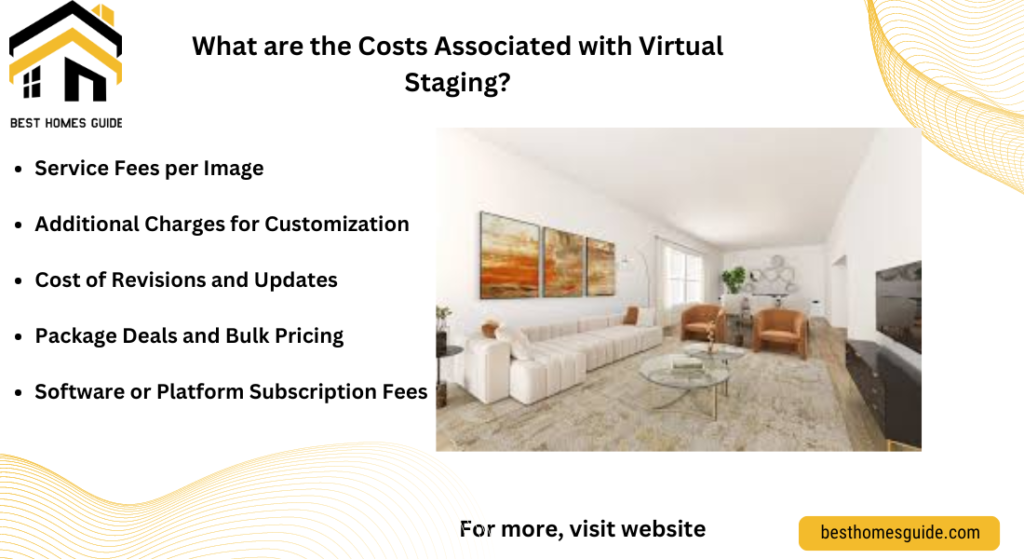
How to Choose the Right Virtual Staging Service?
Selecting the right virtual staging service involves considering several factors to ensure you get the best value and quality for your investment. Here are key points to keep in mind:
Quality of Work: Look for a virtual staging provider with a portfolio of high-quality, realistic images. The goal of virtual staging is to make the property look as appealing as possible, so it is essential to choose a company that excels in creating lifelike and attractive designs. Poorly executed virtual staging can deter potential buyers.
Range of Services: Different properties have different staging needs. Some may only require basic furniture addition, while others might need more extensive virtual renovations. Ensure the provider you choose offers a comprehensive range of services, including furniture replacement, color changes, and virtual tours, to cater to all your staging requirements.
Cost and Value: While cost is a significant factor, it is crucial to balance affordability with quality. Avoid opting for the cheapest option without considering the quality of the work. Instead, compare different providers to find one that offers the best combination of price and quality. Remember, effective staging can lead to higher offers and quicker sales, making it a worthwhile investment.
Customer Reviews and Testimonials: Check customer reviews and testimonials to gauge the reliability and effectiveness of the virtual staging service. Positive feedback from previous clients can give you confidence in the providers ability to deliver quality results.
Turnaround Time: Quick turnaround times are essential in real estate, especially if you need to list a property quickly. Choose a virtual staging provider that can deliver high-quality staged photos within a short timeframe, typically within a few days.
By considering these factors, you can select a virtual staging service that meets your needs and helps you market your property effectively.
What are the Ethical Considerations in Virtual Staging?
While virtual staging offers many benefits, it also raises ethical considerations that real estate professionals must address to maintain trust and transparency with potential buyers.
Transparency and Disclosure: It is crucial to disclose that the images have been virtually staged. This transparency ensures that buyers are not misled when they visit the property in person and find it unfurnished or different from the photos. Clearly stating that the photos are digitally enhanced helps manage buyer expectations and maintains credibility.
Accuracy and Realism: Virtual staging should accurately represent the spaces potential without creating unrealistic expectations. The digital enhancements should be realistic and achievable in real life. Overstating or making drastic changes that are not feasible can lead to disappointment and erode trust in the seller and agent.
Avoiding Misrepresentation: Ethically, virtual staging should not be used to hide flaws or defects in the property. While it is acceptable to enhance the visual appeal, it is unethical to use virtual staging to conceal issues such as structural problems, damage, or other significant defects. Full disclosure of any issues is necessary to ensure a fair transaction.
An adhering to these ethical guidelines, real estate professionals can effectively use virtual staging to enhance property listings while maintaining honesty and integrity in their marketing practices.
How Can Virtual Staging Increase Property Sales?
Virtual staging significantly enhances property sales by making listings more appealing and engaging to potential buyers. Here is how it contributes to increased sales:
1. Enhanced Visual Appeal Virtual staging transforms empty or poorly furnished rooms into beautifully designed spaces, making them more attractive to buyers. High-quality, virtually staged photos can highlight a properties best features and help buyers visualize the potential of the space. This visual enhancement often leads to increased interest and higher engagement from buyers browsing online listings.
2. Targeted Marketing Virtual staging allows real estate agents to tailor the appearance of a property to appeal to specific buyer demographics. For example, a home can be staged to suit the tastes of young professionals, families, or retirees by showcasing different styles and functionalities of the same space, such as a home office, nursery, or gym. This targeted approach can make the property more relatable and desirable to the intended audience, thus increasing its marketability.
3. Improved Online Presence Search engines and real estate platforms favor listings with high-quality images, which can improve the visibility of a property in search results. Virtually staged photos not only make listings stand out but also encourage more clicks and inquiries from potential buyers. Enhanced online presence and higher engagement can lead to quicker sales and potentially higher offers.
What Design Styles Can Be Achieved with Virtual Staging?
Virtual staging offers a wide range of design styles to suit different buyer preferences and property types. Here are some popular styles:
1. Modern Minimalism This style focuses on simplicity and clean lines, making spaces look open and uncluttered. It is particularly appealing to young professionals and those who prefer a contemporary look. Modern minimalism uses neutral color palettes, sleek furniture, and minimal decor to create an elegant and spacious feel. more know with Real Estate app
2. Cozy and Traditional For buyers looking for warmth and comfort, a cozy and traditional style can be achieved with plush furniture, warm color tones, and classic decor elements. This style often includes features like fireplaces, comfortable seating areas, and detailed woodwork, making it ideal for families and older buyers who appreciate a homely atmosphere.
3. Luxury and High-End Luxury virtual staging uses high-end furnishings and finishes to appeal to upscale buyers. This style can showcase features like marble countertops, custom cabinetry, and upscale amenities such as home gyms or wine cellars. It helps highlight the premium aspects of a property and attract buyers looking for luxury homes.
4. Functional Spaces Virtual staging can also be used to demonstrate the versatility of a space. For instance, a spare room can be staged as a home office, guest bedroom, or workout area. This versatility helps buyers see the full potential of the property and how it can be adapted to meet their specific needs and lifestyle.
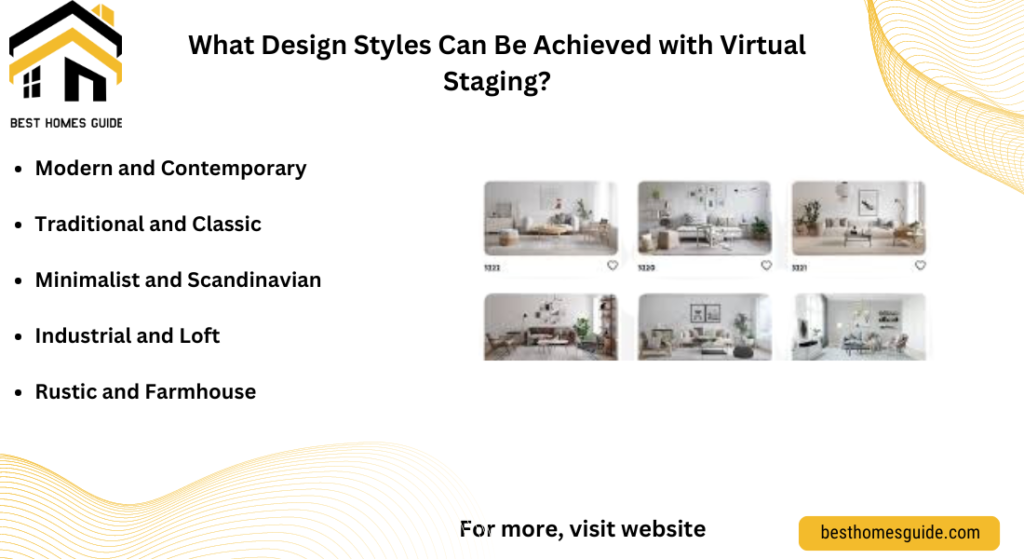
How to Prepare Photos for Virtual Staging?
Preparing photos for virtual staging is crucial to ensure the best results. Here are some steps to follow:
1. Take High-Quality Photos High-resolution images are essential for effective virtual staging. Use a good quality camera and ensure proper lighting to capture clear and detailed photos. Natural light is preferable, but additional lighting can be used to eliminate shadows and highlight features of the room.
2. Clean and Declutter Before taking photos, ensure that the spaces are clean and free of clutter. Remove personal items, unnecessary furniture, and anything that might distract from the rooms structure. This provides a blank canvas for virtual stagers to work with and helps potential buyers focus on the rooms potential rather than its current state.
3. Capture Multiple Angles Take photos from various angles to provide a comprehensive view of each room. This helps virtual stagers create more accurate and realistic representations of the space. Include shots that capture the flow between rooms to give buyers a better sense of the properties layout.
4. Highlight Key Features Focus on the properties best features, such as large windows, architectural details, or spacious layouts. Highlighting these aspects in the photos can help virtual stagers emphasize them in the final images, making the property more appealing to potential buyers.
Following these steps, you can ensure that your photos are well-prepared for virtual staging, resulting in stunning images that enhance the properties appeal and attract more buyers.
Best Practices for Effective Virtual Staging
Understand Your Audience: To create effective virtual staging, it is essential to know your target audience. Different demographics have varying preferences and styles. For example, young professionals might prefer modern, minimalist designs, while families might appreciate cozy, functional spaces. Tailoring the virtual staging to match the interests and tastes of potential buyers increases the chances of making a strong emotional connection and capturing their interest.
Maintain Consistency and Cohesion: Consistency is key in virtual staging. The chosen furniture, decor, and overall style should harmonize with the properties architectural features and design theme. A cohesive look ensures that the final images present a unified and appealing visual narrative. Avoid mixing too many styles, which can be distracting and reduce the overall impact of the staging.
Highlight Key Features Without Overcrowding: The goal of virtual staging is to enhance the properties appeal without overshadowing its unique features. Ensure that the virtual furnishings do not hide any attractive aspects of the house, such as large windows, fireplaces, or spacious layouts. Additionally, balance the decor to complement the existing features without overwhelming the viewers with too much detail.
How to Integrate Virtual Staging into Your Real Estate Marketing Strategy?
Leverage Multiple Platforms: Use virtually staged images across various marketing channels to maximize exposure. Incorporate these images in online listings, social media posts, email campaigns, and print materials. High-quality, visually appealing images can attract a wider audience and increase the likelihood of drawing potential buyers to your property.
Showcase Before and After Photos: Displaying before-and-after images can effectively demonstrate the transformation brought by virtual staging. This comparison helps potential buyers appreciate the properties potential and visualize how different spaces can be utilized. It also adds a layer of transparency, ensuring buyers are aware of what has been virtually enhanced.
Create Targeted Marketing Campaigns: Tailor your marketing campaigns to highlight the benefits of virtual staging. Use the virtually staged images to create engaging content that resonates with your target audience. For instance, showcase different design styles to appeal to various buyer demographics, such as modern layouts for young professionals or traditional designs for families. This targeted approach can make your property listings more relatable and appealing.
What are the Common Mistakes to Avoid in Virtual Staging?
Overdoing the Staging: While it is tempting to fill spaces with beautiful furniture and decor, overdoing it can make the rooms look cluttered and less appealing. Keep the staging simple and focus on enhancing the space rather than overwhelming it. Minimalist designs often work best, allowing buyers to visualize their own furnishings in the space.
Ignoring the Quality of Photos: The effectiveness of real estate staging largely depends on the quality of the original photos. Ensure that the images used for staging are high-resolution, well-lit, and professionally taken. Poor quality photos can undermine the impact of even the best virtual staging efforts.
Failing to Disclose real estate staging: Transparency is crucial when using virtual staging. Always disclose that the images have been virtually staged to avoid misleading potential buyers. Clearly labeling the images and providing before-and-after comparisons can prevent any misunderstandings and maintain trust with your audience.
If following these best practices and avoiding common mistakes, you can effectively utilize virtual staging to enhance your real estate marketing strategy and attract more potential buyers to your listings.
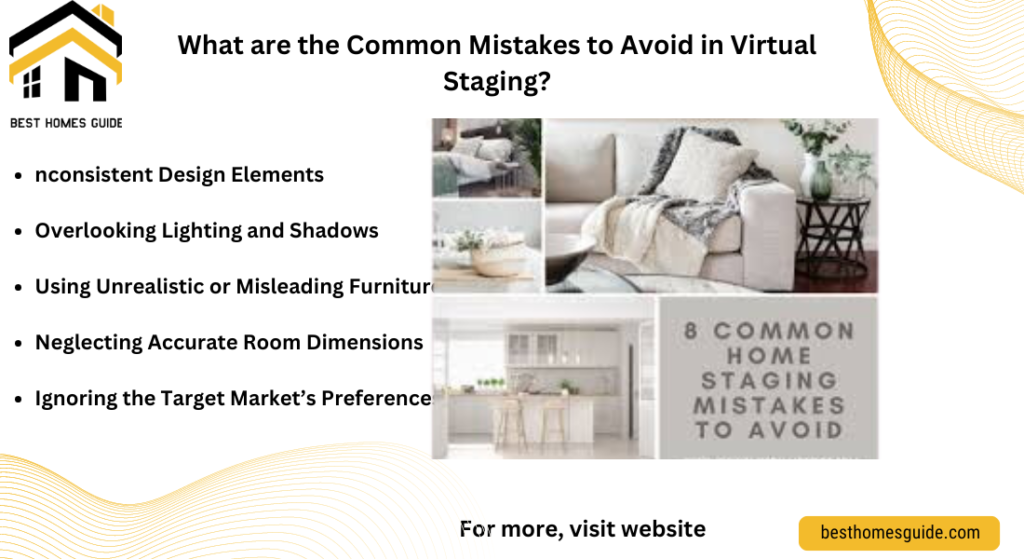
How to Evaluate the Quality of Virtual Staging Services?
1. Review the Quality of Portfolios When evaluating real estate staging services, start by examining their portfolio. High-quality virtual staging should look realistic and seamlessly integrate with the properties existing features. Look for images that maintain proper scale, lighting, and perspective to ensure the virtual furniture and decor appear natural. Companies like Pads Tyler and Box Brownie are known for their realistic and high-quality staging images.
2. Consider Customization and Flexibility Customization options are crucial in real estate staging. Services that allow for personalized solutions tailored to your specific needs can significantly enhance the appeal of your property. Providers like Stucco offer extensive libraries of furniture and decor styles, enabling you to match the staging to the target markets preferences. The ability to request revisions and make adjustments ensures that the final product meets your expectations.
3. Evaluate Turnaround Time and Customer Service: Quick turnaround times are essential, especially in a competitive real estate market. Many top real estate staging services offer expedited delivery options, sometimes within 24 to 48 hours. Responsive customer service that provides clear communication and timely updates can make a significant difference in the overall experience. Services like VirtualStaging.com are noted for their fast delivery and flexible revision policies, which can help ensure that your listings are ready without delay.
What Future Trends are Emerging in Virtual Staging?
1. Increased Use of 3D and Augmented Reality (AR): The integration of 3D and AR technologies is a significant emerging trend in virtual staging. These technologies allow potential buyers to interact with virtual environments in more immersive ways. 3D virtual tours and AR applications enable buyers to visualize spaces in real-time, adding a layer of interactivity that static images cannot provide. This trend is expected to grow as technology becomes more accessible and user-friendly.
2. Advanced Customization and AI Integration: As AI technology advances, interior styling services are incorporating AI-driven tools to enhance customization and efficiency. AI can assist in selecting the best furniture styles, arranging layouts, and even decluttering spaces automatically. This allows for more personalized and accurate staging, which can be tailored to specific buyer preferences and property features.
3. Expansion into Commercial and Retail Spaces: While virtual staging has been predominantly used in residential real estate, there is a growing trend of applying these techniques to commercial and retail properties. property styling for office spaces, retail stores, and even event venues is becoming more common, helping potential tenants and buyers visualize the full potential of these spaces. This trend opens new markets and opportunities for virtual staging services.
How to Use Virtual Staging for Different Types of Properties?
1. Residential Properties: For residential properties, virtual staging can highlight the homes best features and make it more appealing to potential buyers. Focus on key areas such as living rooms, master bedrooms, and kitchens. These are the spaces that buyers are most interested in and where virtual staging can have the greatest impact. Use styles that match the target demographic, whether it is modern for young professionals or traditional for families.
2. Commercial Properties: Virtual staging is also highly effective for commercial properties, including office spaces and retail units. For these types of properties, house staging can help illustrate the potential for different layouts and uses. This is particularly useful for empty or underutilized spaces, making them more attractive to potential tenants or buyers. Highlight functional aspects and versatility, such as collaborative workspaces or retail display areas.
3. New Construction and Unbuilt Projects: For new construction or properties under development, real estate staging can be used to showcase what the finished project will look like. This is particularly valuable in pre-sales, where buyers need to visualize the final product. Use virtual staging to create detailed, realistic renderings of both interiors and exteriors, helping to sell the vision of the project before it is completed.
What are the Advantages of DIY Virtual Staging Solutions?
Cost-Effective and Accessible: DIY virtual staging solutions are highly cost-effective compared to hiring professional staging services. Many DIY platforms offer free or low-cost options, allowing users to stage their properties for a fraction of the price of professional services. For instance, platforms like Canva and Homestyle provide robust free versions with extensive libraries of furniture and decor items, making them accessible for budget-conscious real estate agents and homeowners.
Flexibility and Control: DIY virtual staging offers users complete control over the staging process. This flexibility allows you to experiment with different styles, layouts, and decor to match the target markets preferences. Tools like Visual Stager and Room Sketcher let users drag and drop furniture and decor into rooms, making it easy to customize the staging to suit specific needs. These platforms often include features like unlimited revisions, enabling you to refine the staging until it meets your exact requirements.
Quick Turnaround: Using DIY real estate staging software can be much faster than waiting for professional services. Most DIY tools provide immediate results, allowing you to stage and update property photos within minutes. This quick turnaround is particularly beneficial in the fast-paced real estate market where timely updates can make a significant difference in attracting potential buyers. Tools like Virtual Stager and House Craft are designed for ease of use and rapid staging, helping you keep your listings fresh and appealing.
How to Utilize Virtual Staging for Exterior Spaces?
Enhancing Curb Appeal: Virtual staging is not limited to interiors; it can also significantly enhance the curb appeal of a property, digitally adding landscaping elements, outdoor furniture, and other exterior improvements. Staging exterior spaces like gardens, patios, and balconies, you can create an inviting and attractive outdoor environment that appeals to potential buyers. Tools like Box Brownie and Photo Up offer features for outdoor real estate staging, including adding greenery, outdoor seating, and even virtual twilight effects to showcase properties in the best light.
Showcasing Functional Outdoor Areas: For properties with extensive outdoor areas, real estate staging can help highlight the functionality and potential uses of these spaces. Whether it is setting up a cozy seating area on a patio, illustrating a barbecue setup, or adding a virtual pool, staging can help buyers visualize how they might use the outdoor areas. This can be particularly appealing in markets where outdoor living is a significant selling point. An effectively staging these areas, you can enhance the overall appeal of the property and attract a broader range of buyers.
Virtual Landscaping and Renovations: To adding furniture, house staging tools can also simulate landscaping changes and exterior renovations. This feature is particularly useful for properties that need some visual improvements but where physical changes are not feasible before sale. And virtually enhancing the landscape, you can present a well-maintained and attractive exterior without the immediate costs and efforts associated with actual landscaping work. Platforms like Pads Tyler and VRX Staging offer advanced features for virtual landscaping, allowing you to create a polished and appealing exterior presentation.
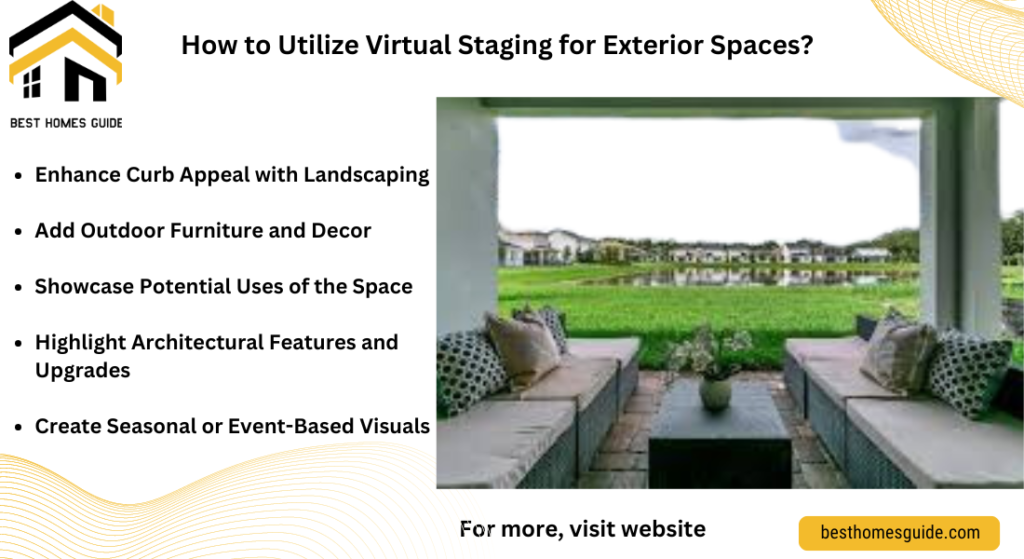
How Can Virtual Staging Help with Privacy Concerns?
Protecting Seller Privacy: The key benefits of virtual staging is the ability to protect the privacy of the current occupants. Digitally removing personal items and clutter, virtual staging can present a clean, depersonalized space that appeals to buyers without revealing the sellers personal belongings. This ensures that the sellers privacy is maintained while showcasing the properties potential in the best light. Tools like Virtual Stager and Stucco offer features to declutter and depersonalize images effectively, making it easier to present a neutral and attractive space.
Minimizing Disruptions: Virtual staging minimizes disruptions to the current occupants, as it eliminates the need for physical staging and frequent showings. Sellers can continue living in their home without the inconvenience of moving furniture or preparing the home for multiple showings. This convenience is particularly beneficial for families or individuals who may find it challenging to vacate the property repeatedly for staging purposes.
Safe and Efficient Showings: providing virtually staged images online, you can limit the number of physical showings needed, as buyers can get a comprehensive view of the property through the staged photos. This reduces the risk of privacy intrusions and allows for safer, more efficient property viewings. Buyers can make informed decisions about which properties to visit in person, reducing unnecessary foot traffic through the home. This approach is especially advantageous during times when limiting physical interactions is necessary, such as during a pandemic.
How to Utilize Virtual Staging for Exterior Spaces?
1. Leveraging Visual Appeal Through Virtual Staging
Virtual staging for exterior spaces allows for enhanced visual appeal, crucial for capturing the attention of potential buyers. Digitally adding elements such as lush landscaping, stylish outdoor furniture, or even a fresh coat of paint, you can significantly improve the aesthetic of a property. This approach not only makes the property look more inviting but also helps buyers imagine themselves living in the space. The visual enhancements should align with the properties style and intended use, ensuring a realistic portrayal that aligns with buyer expectations.
house staging can create a more polished and appealing presentation compared to raw photographs. By adding elements the same as seasonal decor or outdoor lighting, you can evoke emotions and highlight the potential of the outdoor space. This can be particularly effective in areas where physical staging is impractical due to weather conditions or budget constraints.
2. Showcasing Versatility and Functionality
Virtual staging allows for showcasing the versatility and functionality of exterior spaces, helping buyers visualize different uses for the area. For example, an empty backyard can be staged to show various setups, such as a family-friendly play area, a tranquil garden retreat, or an entertaining space with a barbecue and seating. This not only helps buyers see the potential of the space but also demonstrates how it can accommodate their lifestyle needs.
presenting multiple staging scenarios, you can cater to a wider range of buyer preferences and needs. This approach provides a more comprehensive view of the properties potential, allowing buyers to imagine how they would utilize the space based on their personal preferences and lifestyle.
3. Enhancing Marketability and Value
Virtual staging can significantly enhance the marketability and perceived value of a property. An Improving the exterior appearance, you can attract more interest and potentially increase the properties market value. High-quality, professionally staged images can make a property stand out in online listings and marketing materials, drawing more attention from prospective buyers.
Virtual staging can be a cost-effective alternative to physical staging, especially for larger exterior spaces. It allows for quick adjustments and updates, such as seasonal changes or different design themes, without the need for physical changes to the property. This flexibility can be a significant advantage in a competitive real estate market.
How Does Virtual Staging Enhance the Appeal, Versatility, and Marketability of Exterior Spaces?
Virtual staging for exterior spaces is a transformative tool that can significantly enhance the appeal, versatility, and marketability of a property. Leveraging digital enhancements, you can present outdoor areas in their best light, showcasing potential uses and improving overall aesthetics. This approach not only attracts potential buyers but also helps them envision themselves in the space, increasing their emotional connection to the property.
Virtual staging offers a cost-effective and flexible solution compared to physical staging. It allows for easy updates and seasonal adjustments, ensuring that the property remains relevant and appealing throughout the selling process. An integrating virtual staging, you can maximize the properties visual impact and market value with Property management software, setting it apart in a competitive real estate market.

